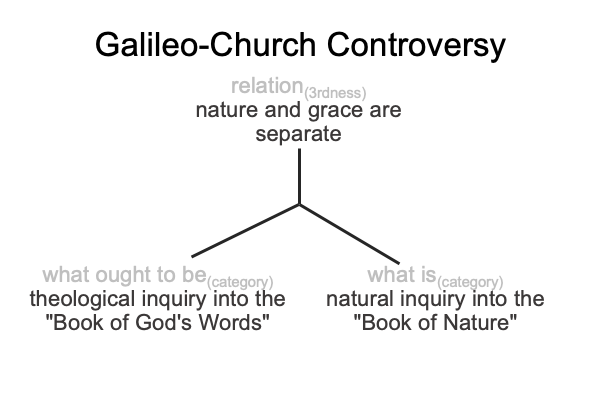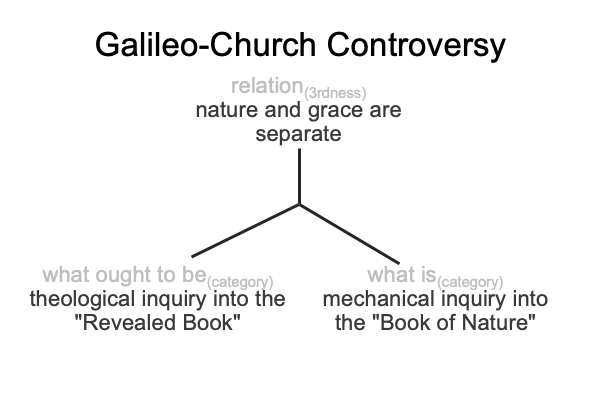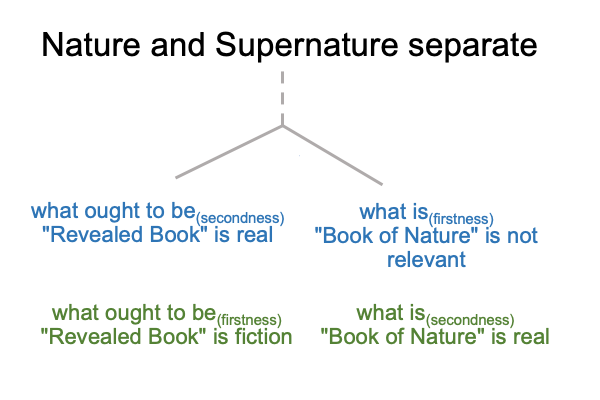Looking at the Book (2015) Genesis: History, Fiction or Neither? (Part 34 of 38)
0118 Sparks identifies three stage managers… er… authors to Gen 1-11. These “authors” may represent intergenerational traditions. They also may be individuals at the time when the Pentateuch is formally assembled.
The first is the Antiquarian Theologian, who is responsible for the genealogies in chapters four and eleven.
The second is the Ethnic Apologist, who constructs the genealogies in chapters five and ten.
0119 What do these authors add up to?
The segmented genealogies in the primeval history account for the cultural origins of Israel.
The linear genealogies distinguish the identity of Adam’s tradition from other traditions in southern Mesopotamia.
0120 Can that be all?
Surely, this contributes to the histriography of Gen 1-11.
But, says nothing about the historiography of southern Mesopotamia.
0121 The literature of the ancient Near East anchors the histriography of Gen 1-11 to the historiography of southern Mesopotamia.
One of the characters in An Archaeology of the Fall offers a resolution. Gen 1-11 associates to a family tradition within the temple tradition of the developing Sumerian civilization.
Seth’s family is capable of maintaining its own traditions, related to, yet, at times, critical of the work of the temple.
0122 For example, Sparks compares the story of Adam in Eden with a tale of the early Mesopotamian sage, Adapa. Both Adam and Adapa reject an offer from a divine being, thereby ruining their opportunities for an immortal destiny.



